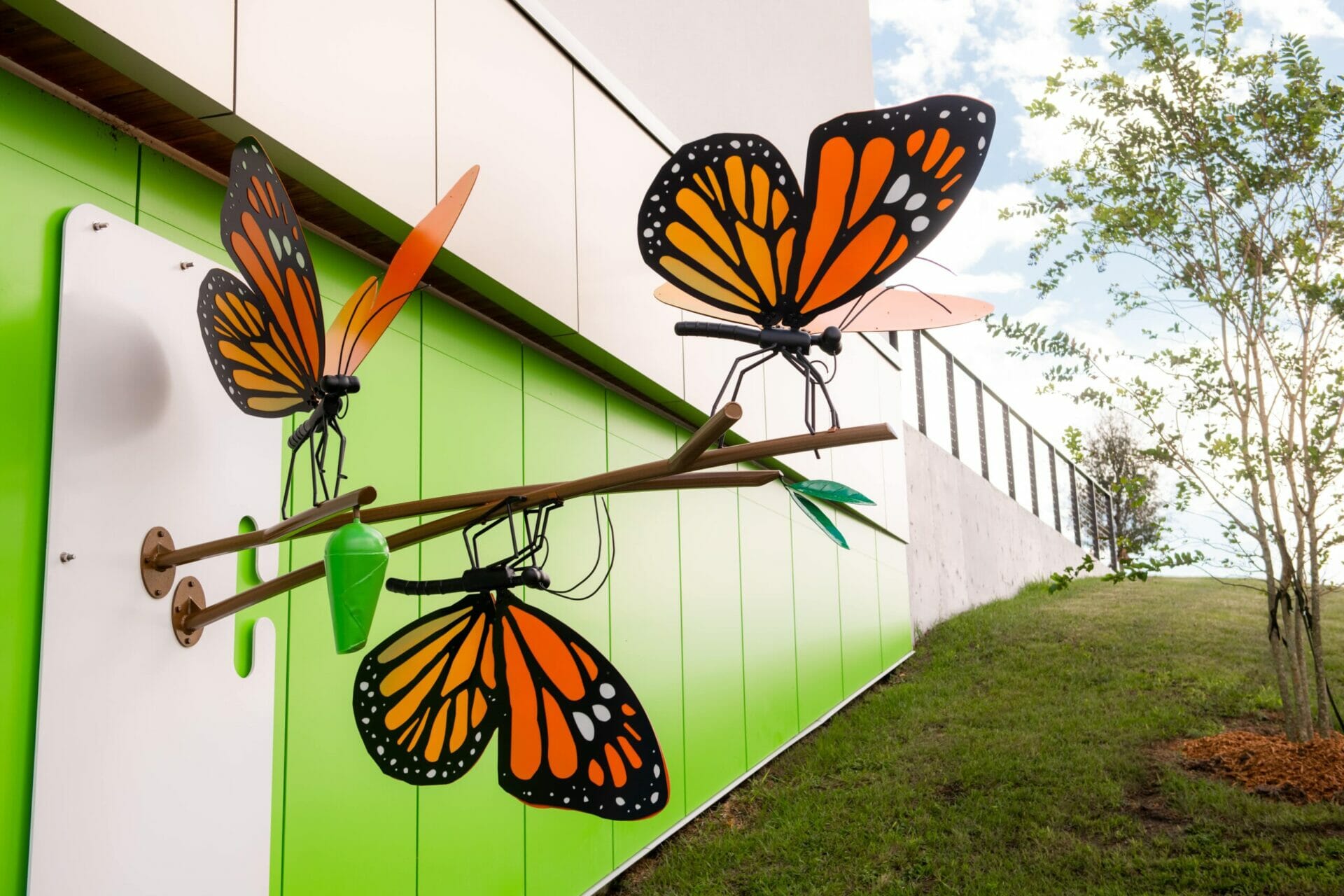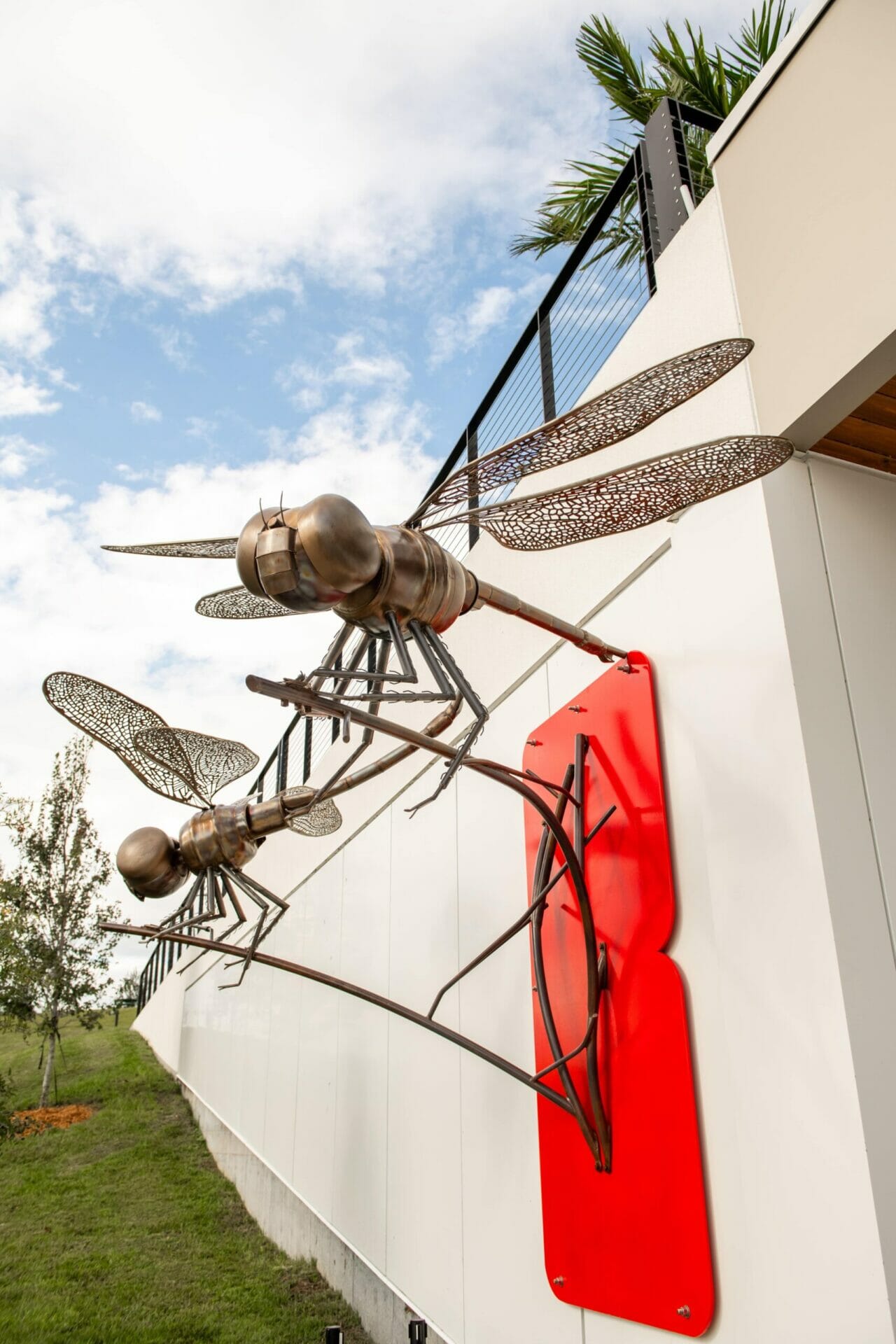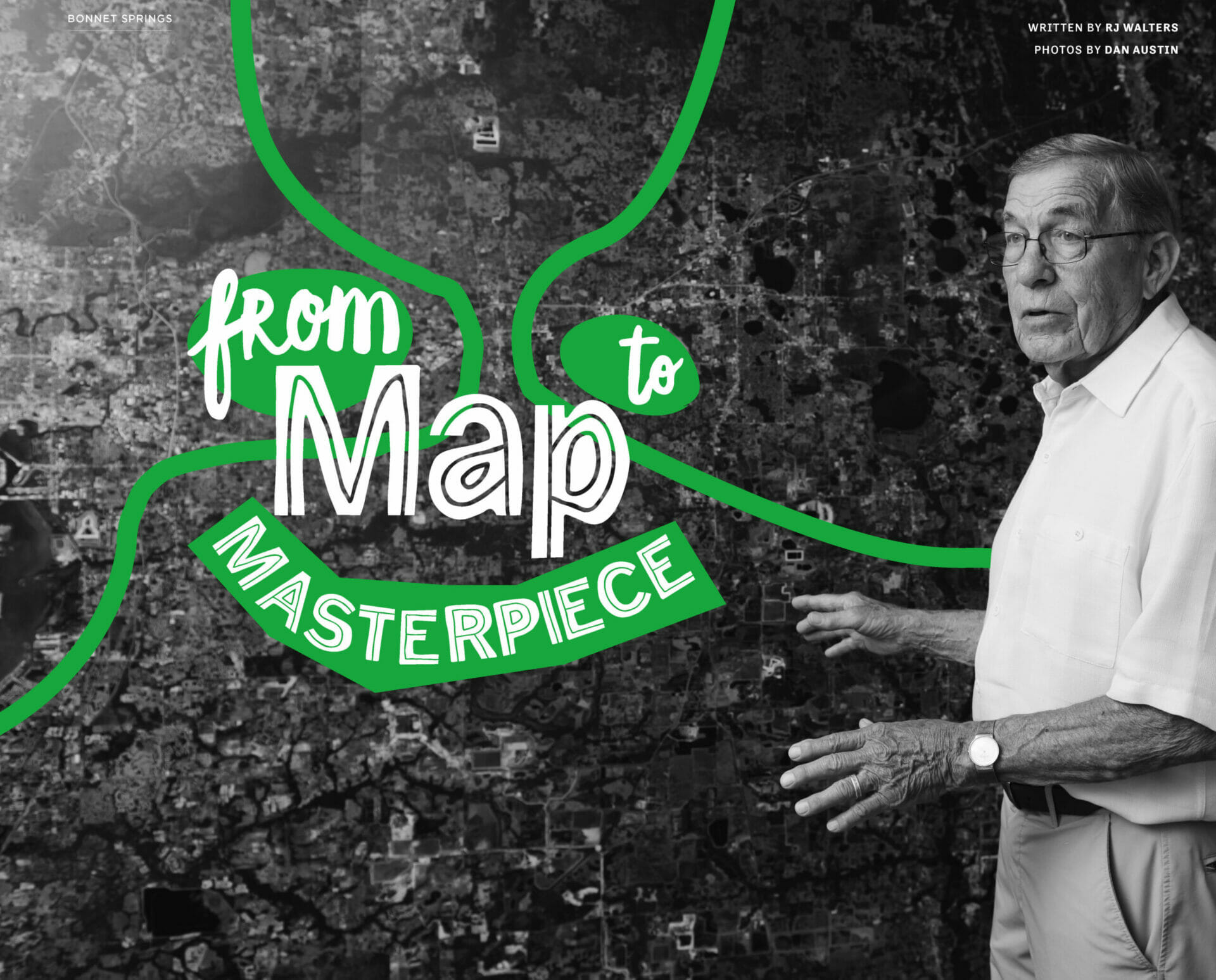
The Bonnet Springs Origin Story
By Rj Walters
Photography by Dan Austin
David Bunch puts it, he had just completed his time of service in the Army, and was a “footloose and fancy free” 21-year-old. He read in a magazine about an intriguing place called Stuart, Florida, so he packed everything he owned into a little Pontiac and put his foot on the pedal toward the future.
It turns out, as he was cruising along US 301 he was a little too excited about what was next. He hit a speed trap, an officer pulled him over for speeding, and in a matter of moments the $50 in his pocket shrunk to $15.
The next town on his route was Lakeland and he realized he couldn’t afford to drive any farther.
So he contacted a distant relative who lived there, quickly found a job and enrolled in classes at Florida Southern College. Over the next half-century plus Bunch married his wife Jean, raised children and became a prolific and respected commercial real estate agent and developer— all in Lakeland. He says “the town has been great” to him and even goes as far as to say that the people of this city have propelled him because no one can truly “pull up their bootstraps by themselves.”
But the 85-year-old still had one final hurrah to orchestrate in the place he accidentally became a resident of in 1959, he was just a few people and a major financial investor short.
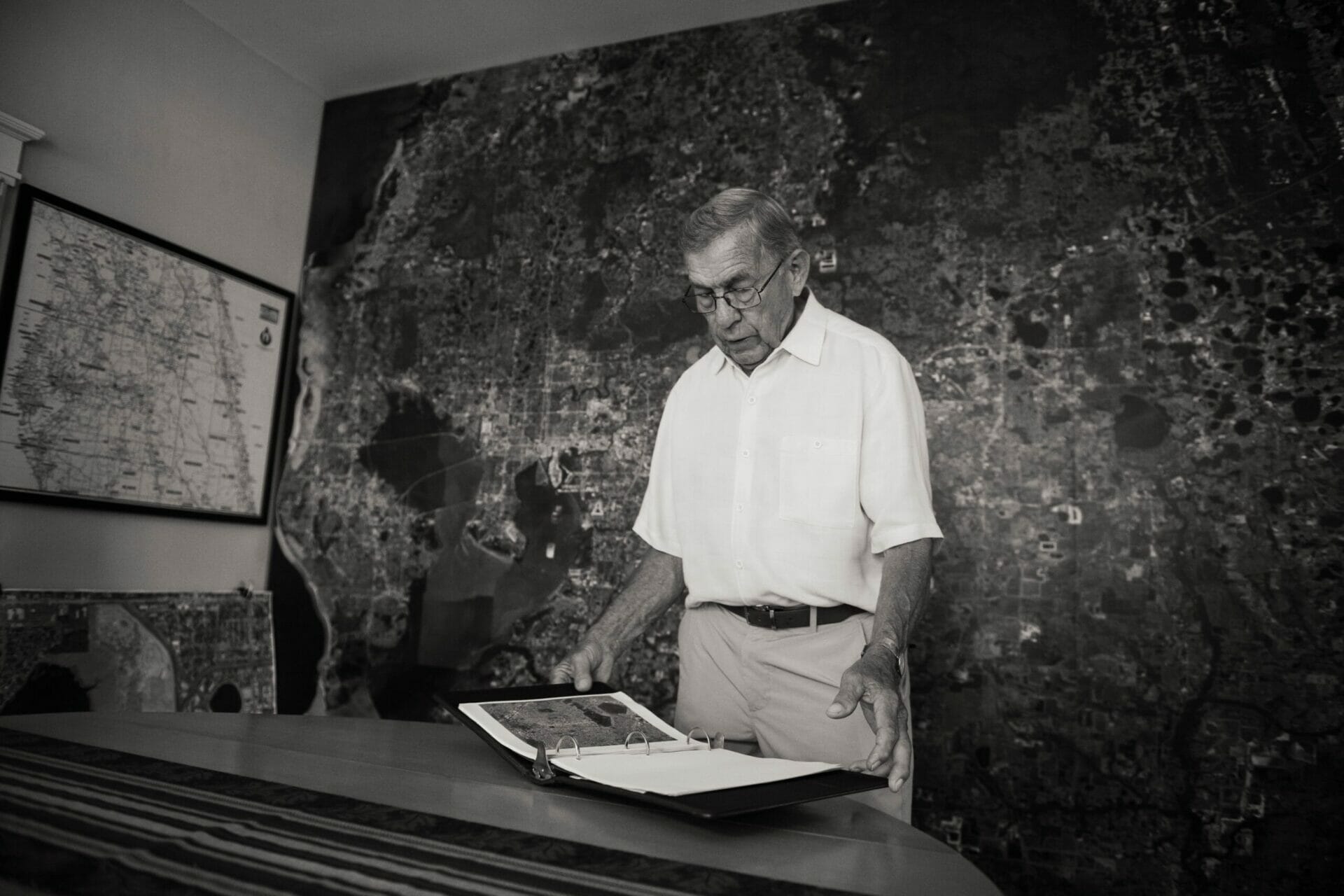
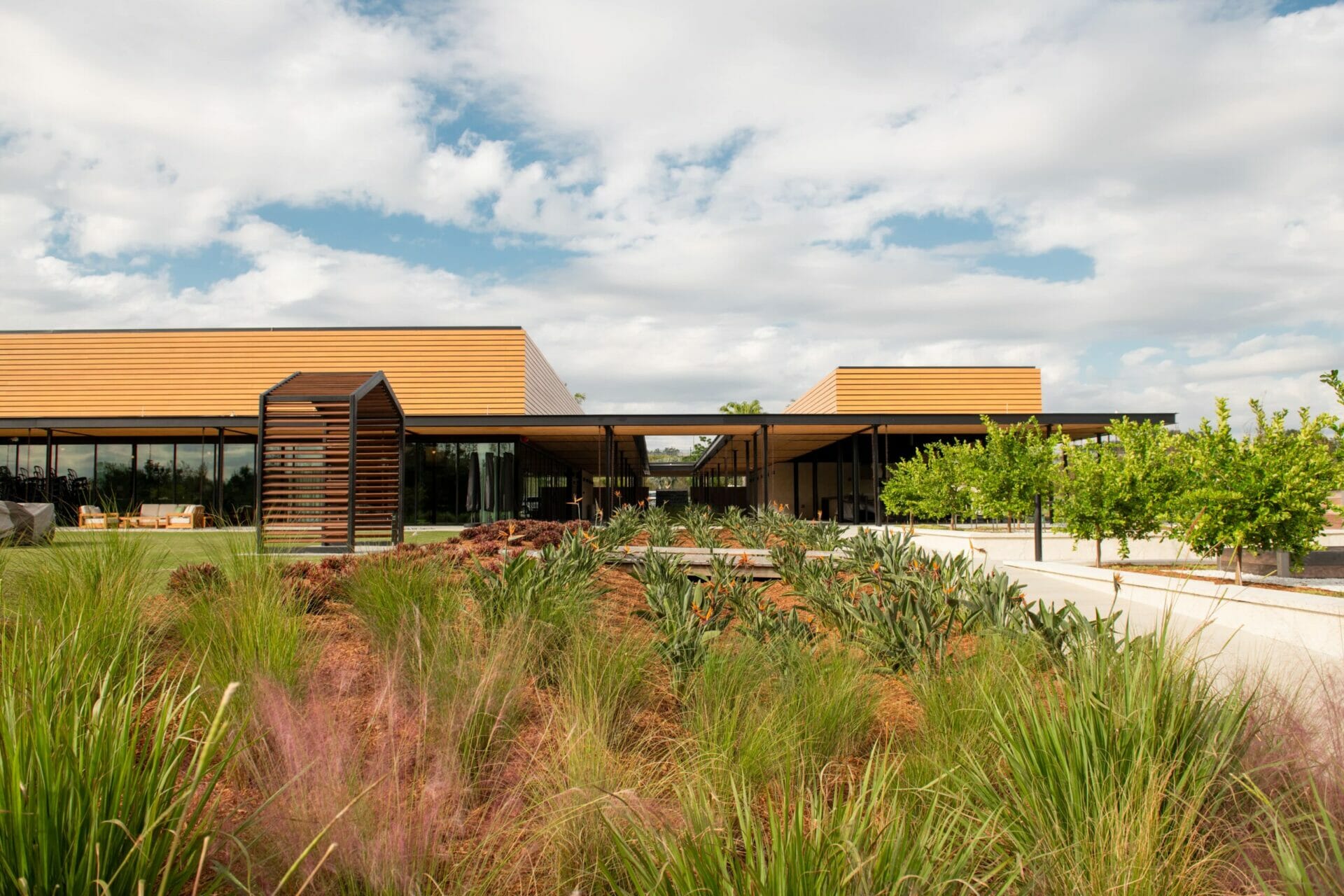
Fast forward to May 2015, but first take an inside glance at the mind of David Bunch by stepping inside his office.
When you enter the office of Hauger-Bunch Realtors, a charming southern style home a stone’s throw away from Lake Morton, you see an open dining room to the right that extends into another wide open space where your attention is immediately drawn to the right wall. The entirety of the wall, from ceiling to floor, is made up of an aerial photographic GIS map of most of Central Florida, with Polk County as the centerpiece. It’s easy to find the Green Swamp, interesting to consider the growth pockets in the area and notable to see how Orlando and Tampa have developed to our north and south.
As David stands in front of it, providing macro context to specific parts of this bird’s eye view, his finger keeps pointing back to a spot, and his pace slows down just a bit each time he does that.
There was one final domino that had to fall to get the project down the runway, and that involved a longtime friend of the Barnett’s who is a local expert and historian when it comes to parks and recreation.
Bill Tinsley had been retired from the City of Lakeland, where he was Director of Parks and Recreation and Special Liaison to the Detroit Tigers and Manager of Community Resources Development for more than 43 years, for just four days when Barney gave him a call. Barney told Bill that if they were going to go through with this once-in-a-lifetime opportunity he wanted Bill as part of the team from day one.
A quick Google search will show that Tinsley is the President of Bonnet Springs Park, but it’s been more than a job for this Lakelander who has overseen some of the city’s most significant outdoor projects.
“I hadn’t been here very long before I found the influence of Mr. George on the community. (Spending) years in Parks and Recreation and eventually becoming the director, the [Barnett family] became a very important part…they were listeners and counselors to me on what we needed to be doing to do it right,” he says, recalling how they played a vital role in helping Lake Mirror transform from a rough area of the city to the gem it is today.

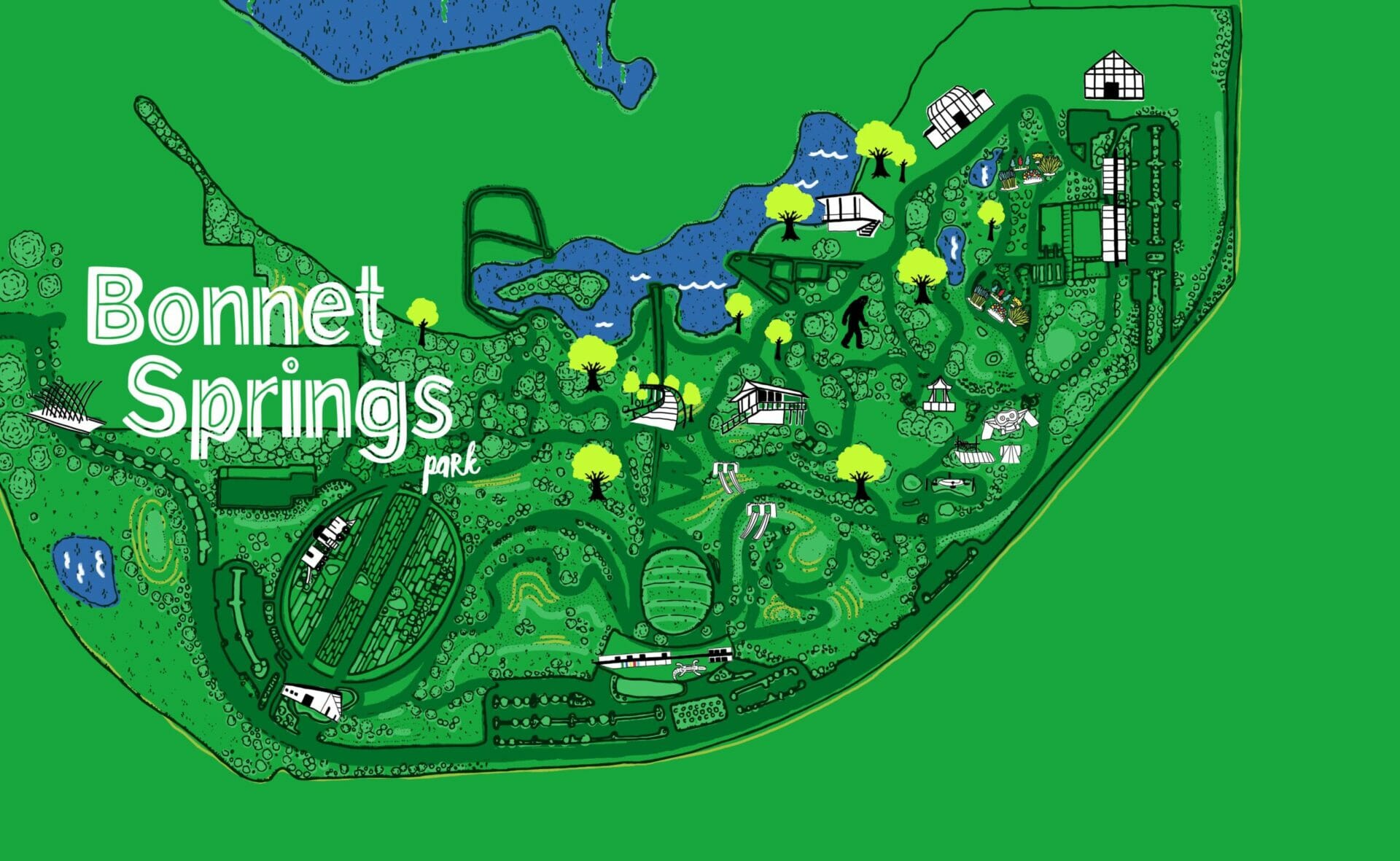
Part of Tinsley’s motivation to join the project years ago was to see the success of downtown Lakeland expand to the Northwest quadrant in a way that was “a hand up, not a handout” for residents. He believed if the Barnetts and Bunches were building the vision that indeed it could come to fruition.
The first couple of years after the land acquisition consisted primarily of the three complimentary couples — the Barnetts, Bunches and Tinsleys —doing the grunt work, connecting with experienced and influential people in the space, and laying the foundation for what could be.
They established the park as a 501(C)3, formed a corporation, hired environmental auditors and lawyers, and purchased the right-of-way needed to construct a proper entrance to the park.
Just as important, they reached out to people in the Lake Wire Community to hear their dreams and desires, and to assure them they would have a voice in the process, something Carol often advocated for in her philanthropic endeavors.
Tinsley said the neighborhood was in such “disarray and poor condition” when they met with neighborhood residents in 2017 under a large oak tree to have cookies and tea and converse about the future. It was a realization of what families had been dealing with for generations since the old railroad went from a hub of industry to a closed down toxic waste site. It was also a promise to improve their lives.
Around the time that the vision for the park was coming into clearer focus, Carol and her family and friends had to process the news that Carol had been diagnosed with younger onset Alzheimer’s disease.
Due to the disease, she was not able to be as active in the process as everyone hoped, but her spirit was an inspiration for many of the decisions being made, including Tinsley’s determination to bring Explorations V Children’s Museum over to the new park.
“I took (Jason Rodda, who was then president of the Explorations V board) a bold concept about what if we blow this thing out of the water and you become a different entity — you become a bigger, stronger entity,” he said.
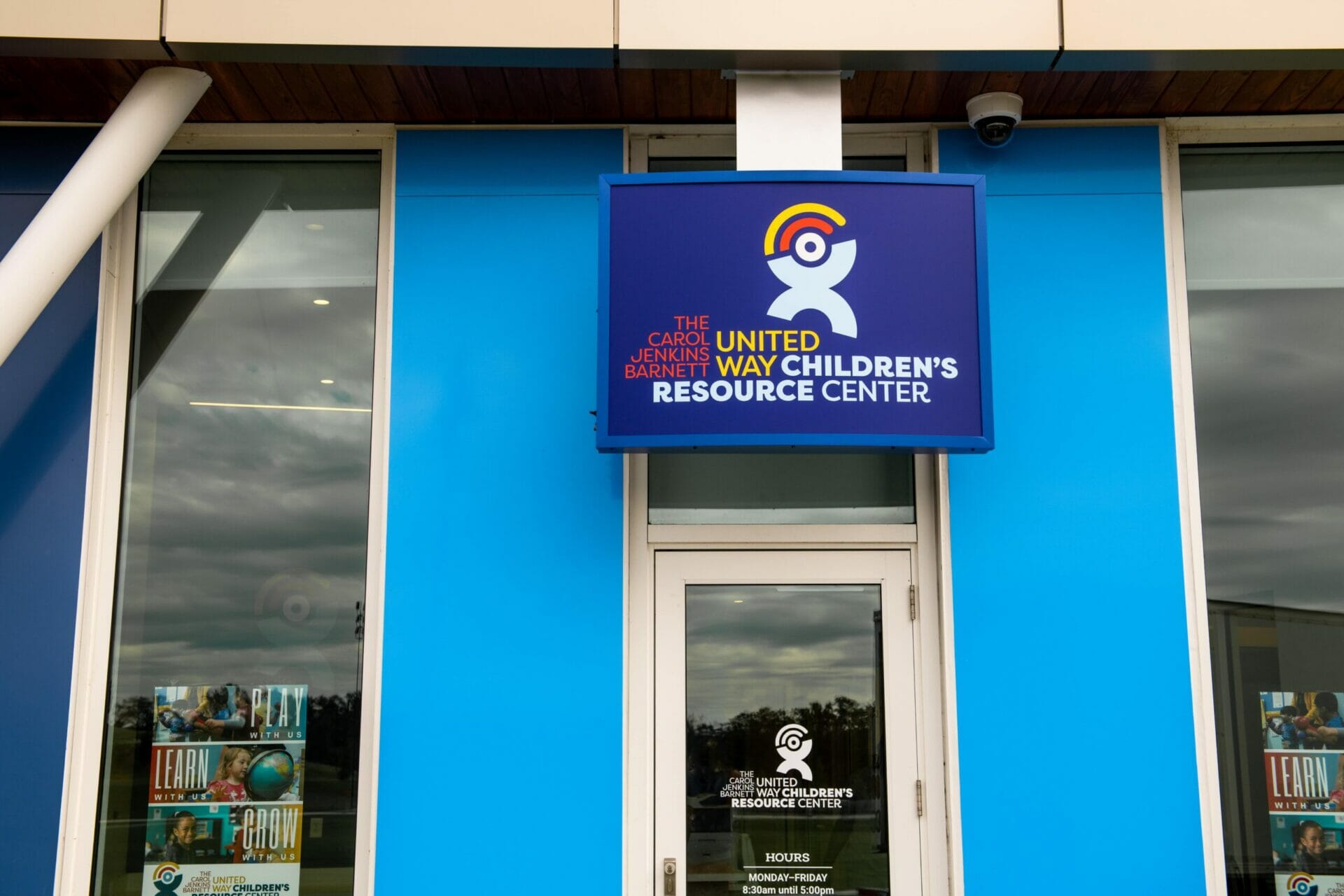
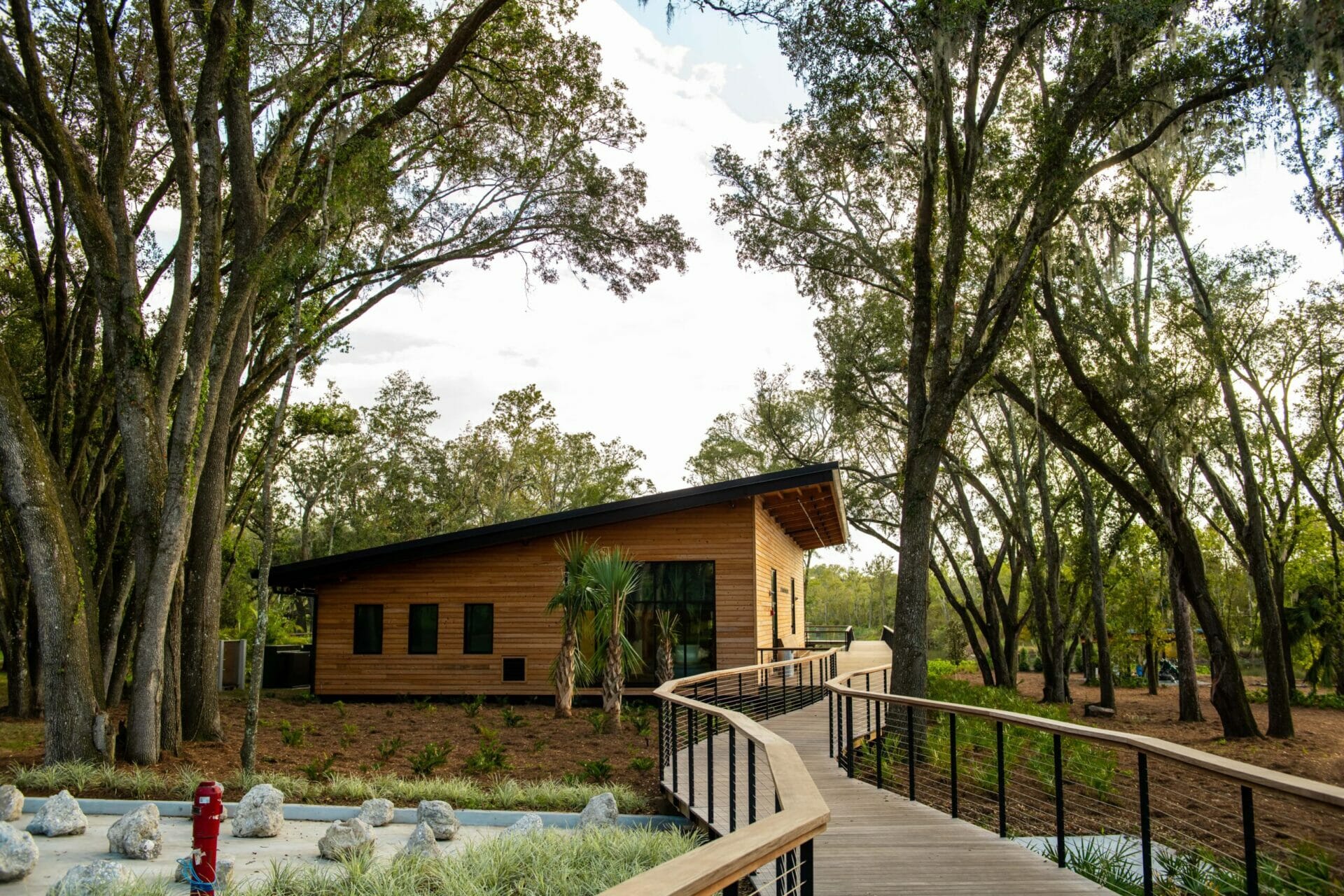
Focusing on children learning through play and tactile engagement — something Carol was always working to make possible for more children — the new museum is now called the Florida Children’s Museum and it offers nearly 48,000 square feet of hands-on exploration.
“This will not just draw Lakeland residents to enhance our kids’ lives, but it’s going to draw all these people who go on vacation in Central Florida,” Tinsley said.
As word got out about plans for the new park, momentum started building quickly, especially in the fundraising arena. This is where the Barnett family’s influence was especially recognizable. Bunch said an initial capital campaign raised more than $25 million for the park.
Wesley Barnett said the diversity of people coming to the table to open this park has been humbling and encouraging.
“I think it’s probably the most well funded and, you know, donated charitable endeavor in Lakeland’s history,” he says. “You know, you get normal people that are spread across a lot of different charities, but if you, you get all of them into one charity…”
Those tight-knit bonds coupled with dogged determination have paid off, in a way that family and friends deeply wish Carol could see.
The park officially opened to the public on the weekend of Oct. 22 to a rousing crowd of tens of thousands of visitors on Saturday and Sunday. National recording artists took the stage on the Allen & Company family lawn, Lakeland-centric food trucks served up delicious fare, children ran wild across a variety of playgrounds, families explored the Kiwanis Care for Kids Treehouse and so much more.
The park was also awarded the Environmental Stewardship Achievement Award from the Florida Department of Environmental Protection in May.
“She would be thrilled. I mean this, this is Carol,” Bunch said. “What I did just needed to be done, and I’m glad we could help and have fun.”
Tinsley got choked up when discussing what this part would mean to his good friend, and lamented the fact that the process could not be completed quicker, allowing Carol to enjoy it in person.
Driving around the grounds in a utility vehicle, Tinsley is quick to show off features that directly point back to Carol.
The Givewell Community Foundation Nature Center provides an interactive exploration of the local ecology and wildlife in tactile fashion that appeals to all ages and also includes a classroom space for educational purposes.
“This space will drive the stories people will experience in this park,” Tinsley says. “This embodies the spirit of Carol perfectly.
The Harrell Family Botanical Gardens, which include “sight, taste, sound and fragrance” gardens will provide educational opportunities, especially for underprivileged students, to learn how to plant, cultivate and ultimately harvest and prepare fresh produce.
Visible from the family lawn when looking at the Children’s Museum and The Depot are some very personal touches Carol desired to see come to life.
Two immense dragonfly sculptures represent her sons Nick and Wesley, and three ornately constructed butterfly sculptures symbolize her grandchildren, Zoey, Raleigh and Birdie.
And maybe the thing that Carol would be most proud of is The Carol Jenkins Barnett United Way Children’s Resource Center. It will provide classes, play groups, workshops, support for parents and caregivers and more for children ages 0-6, as well as for expectant moms and dads.
The award-winning, breathtaking park is a fitting representation of the fine work and dedication of three families who love the people of Lakeland like family and have gone to great lengths to ensure future generations have even more opportunities within reach.
Barney, a man who is unafraid to be frank, puts it like this.
“We’re just lucky David had the vision, Carol had the vision and Tinsley had retired from the city.”
Carol would have surely agreed.
